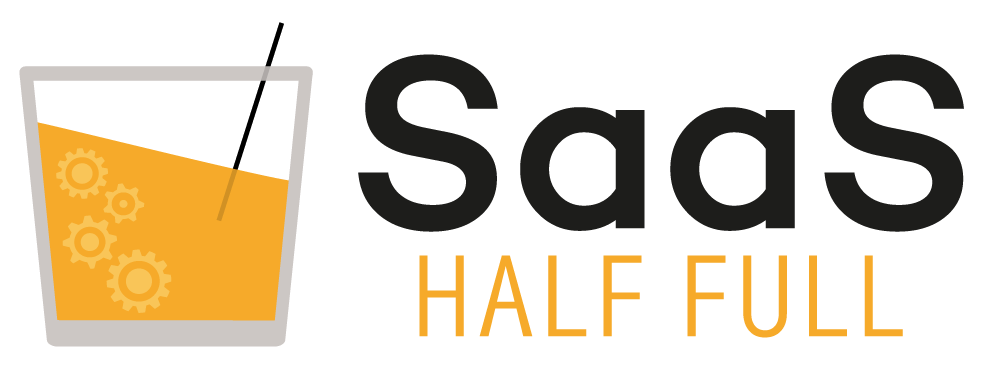In this episode of SaaS Half Full, Lindsey Groepper chats with Muhammad Yasin, Executive Vice President of Marketing at PERQ and co-founder of the organization Agile Marketing Indy and its associated podcast.
Having worked with Agile principles for years, Muhammad breaks down how to adopt an Agile framework, what it looks like on a day-to-day basis and how he and his team applied it to rebuild PERQ’s entire website in a five-business-day sprint. Whether you’re an avid Agile practitioner or simply thinking about exploring the concept, Muhammad shares critical takeaways to help you work more efficiently.
Agile Marketing Framework Defined
The Agile framework was developed initially out of product teams who came up with a repeatable and efficient process to tackle projects by breaking them down into smaller tasks, and assigning metrics to show their progress. Marketing teams took notice of its success and adapted the framework to fit the marketing function.
“Agile marketing is the idea of taking a big problem, chunking it down into small tasks, making sure that you have some estimate of the effort required to complete those pieces and performing those tasks through timeboxing,” said Muhammad.
Timeboxing is an estimation of the total amount of work in the form of sprints. Typically organizations work in one-week sprints that are broken down day by day with specific tasks. Muhammad stresses the sprints must be time blocked to ensure no one is wasting time on tasks that are not moving the project forward.
What an Agile Framework Looks Like Day-to-Day
First, the Agile framework begins with sprint planning. To start, Muhammad suggests understanding the scope of the project vs. the team’s capacity to complete it, asking, “What is each team member’s capacity to get this project completed in the assigned timeframe?”
Second, Muhammad publicizes the sprint report to the entire company to understand each team member’s capacity and utilization. This helps avoid the assignment of random projects by those outside the marketing org.
In addition, he determines if there is also a backlog of work that needs to be considered for future larger projects, then builds the sprint plan accordingly.
Once the sprint ends, the team has a retrospective (“retro”) to address what went sideways (if anything). Then, it’s appreciating the work accomplished and adjusting for the next sprint.
“It’s vital to recognize the work you do,” said Muhammad. “When you’re moving at such a fast pace, you need to take time to back up and realize what you accomplished. It’s thinking through what you do and don’t feel good about, so you can make changes in the future.”
Framework for Re-launching a Website in Only Five Business Days
PERQ was launching a new product and messaging that needed to be reflected on their website quickly. Previously website rebuilds took anywhere from six months to a year, but Muhammad used the Agile framework to complete it in five days. Pre-planning was the critical component in delivering the website quickly, leaving little chance for the project to go in the wrong direction and avoid re-work or wasted work.
Pre-planning included:
- Having discovery calls with key stakeholders to get all messaging and expectations aligned before work began.
- Setting goals and breaking the milestones down by day, dividing tasks between each team member.
- Removing distractions by ordering lunch and snacks for all team members.
- Communicating the sprint to the entire organization so everyone knew the marketing team would be unavailable the whole week.
End of day checkpoints included:
- Gathering for a retro and approval or feedback from stakeholders.
- Holding input until the next day, at which point it was determined if changes would be made.
- Celebrating daily success.
The five-day website wouldn’t have been possible without the entire team using the Agile framework. “It was intentionally using our time and removing obstacles,” said Muhammad. “Whether that be stress from internal work, work from home, family or just basic human needs, we took care of them. We focused, and we got it done. And we’re proud of it.”
For more of Muhammad’s insights, listen to Episode 316 of SaaS Half Full or stream The Agile Marketing Podcast.i
